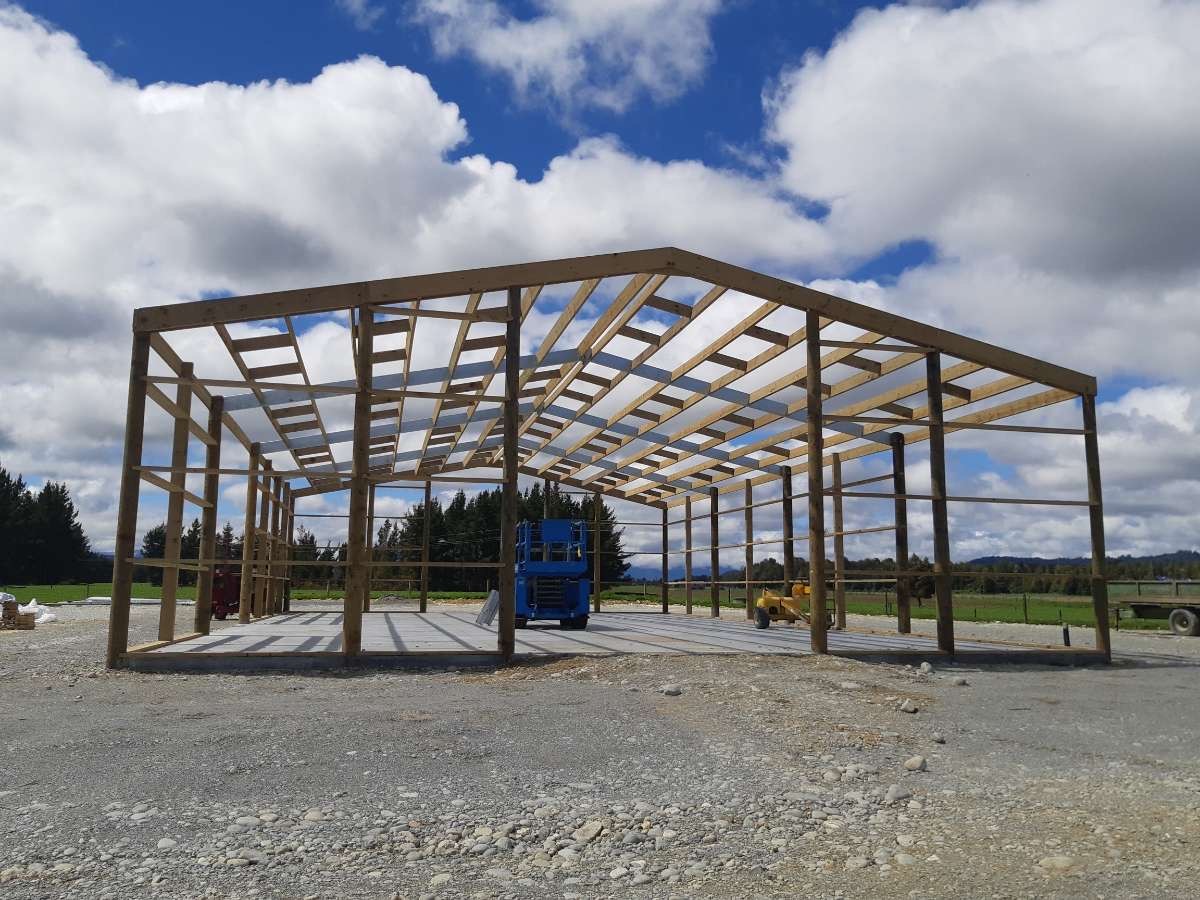Ever wondered what the council could throw at you when buying a new shed? Are there hidden regulations you don’t know about that could catch you out making the consent process longer than you have ...
February 17th, 2022
3 min read
.png?width=1200&name=Alpine%20%20Consents%20blog%20(1).png)
.png?width=600&name=Alpine%20%20Consents%20blog%20(1).png)




%20(2).png?width=800&name=Blog%202%20-%20Consent%20Pole%20shed%20(2)%20(2).png)